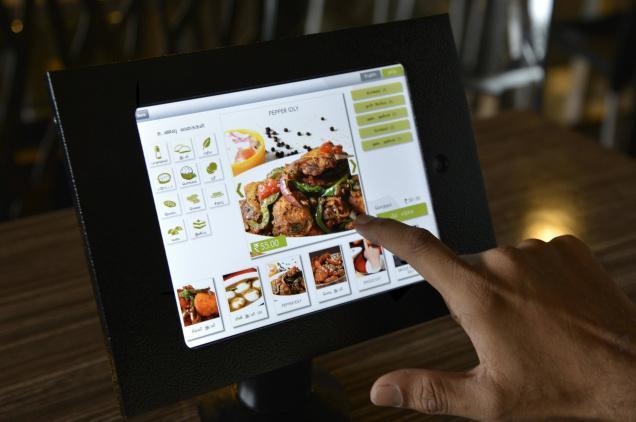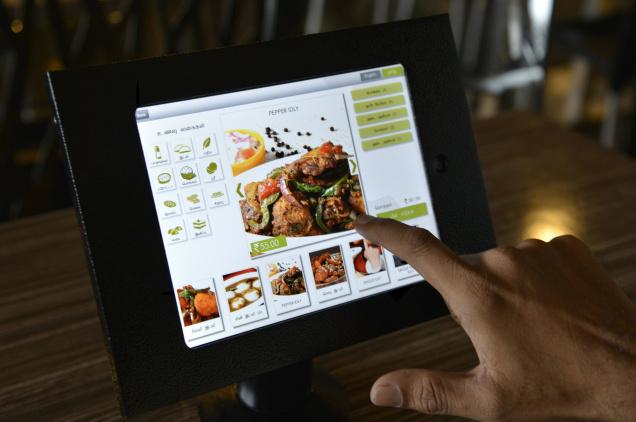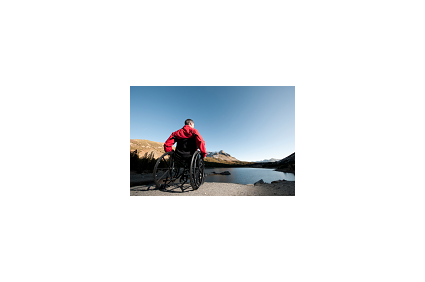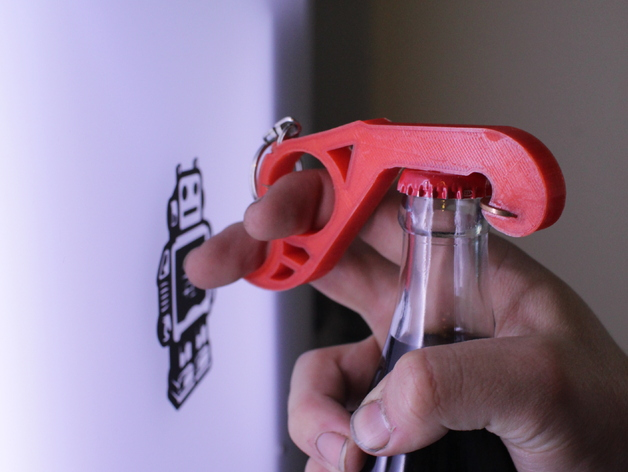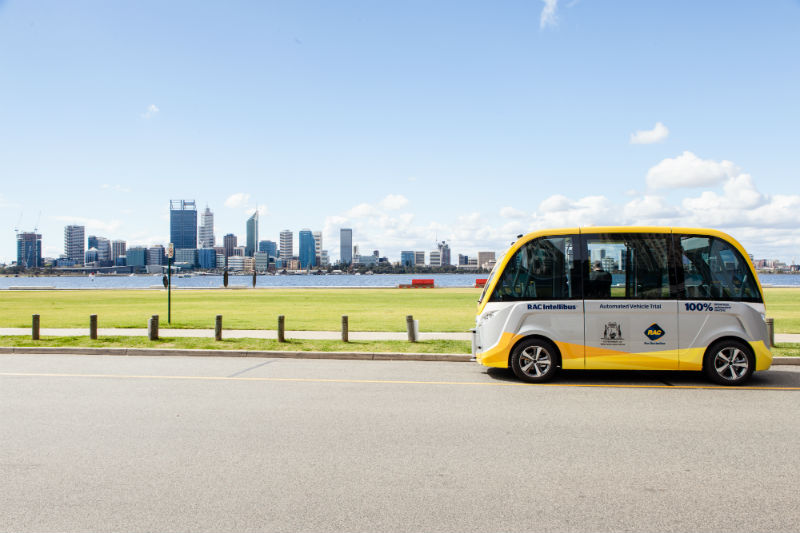Everyday Obstacles
People with disabilities and the elderly often have to deal with daily obstacles difficult to imagine without being placed in a similar position. Not only are there physical limitations that have to be overcome, but social ones as well.
As a personal experiment, I once spent a day in a wheelchair and discovered that tasks I took for granted such as crossing a road or getting into a car are made harder because the world is built around the assumption that one is able bodied. Negotiating doorways, stairs and paths can sometimes be near impossible without assistance.
The range of disabilities is also very broad, often disabilities are not obvious and not physical, but mental, or both. A relatively simple task such as ordering food over the counter at a fast food restaurant may be excruciatingly difficult for someone suffering from anxiety disorder for example. Technology can help with this and enable the user to negotiate these obstacles.
Assistive Technology
Assistive Technology is defined by the World Health Organisation as “any device or system that allows individuals to perform tasks they would otherwise be unable to do or increases the ease and safety with which tasks can be performed”.
Traditionally these have been things like wheelchairs, walking devices, bathroom rails, larger door openings and prosthetics.
A wheelchair user near a mountain lake (image source)
Assistive technologies have been broadened to include smart technologies, which involve the use of computers, software and hardware to help the disabled or the elderly. While some are mundane and simple, such as devices that enable the visually impaired or blind people to pour a cup of tea or subtitles on video programs, others are complex and some are experimental and ground-breaking. These include wheelchairs which allow the user to stand upright and collapsible electric scooters.
While some technologies aid users directly, others enable makers to create assistive devices. For example, 3D printers allow makers to build custom prosthetics and bespoke aids for people who have unique disabilities like those who only have one hand to perform tasks that would normally require two hands.
One handed 3D printed bottle opener (image source)
The Internet of Things
Examples of smart technology that allow people who are hearing impaired to experience the full aural landscape include newer versions of hearing aids that are essentially connected into the IOT (Internet of things). They can sense whether to amplify sound or connect using wireless technology to audio sources such as bluetooth which are not able to be heard by people whose hearing is not impaired.
Other ways of assisting the elderly and those with restricted mobility are systems that send out alerts in the case of duress to carers, relatives or first responders.
These systems can maintain databases either manually or by self registering, using RFID or other tracking devices to maintain a database of locations. Many of these devices such as “Tile” have other uses but are commonly used for example to track those with dementia by inserting a passive or active tracker into clothing, shoes or wallets for remote monitoring and tracking.
A Tile tracker (image source)
Future Assistive Technology
One technology that is rapidly increasing in functionality is the driverless vehicle. Some manufacturers have already reached 2.5 autonomy (where 5 is fully autonomous), and their vehicles are able to drive long distances without human intervention.
Some prototypes and demonstration vehicles (for example the RAC Intellibus in Perth) are able to drive without anyone at the wheel on a limited route.
RAC Intellibus in South Perth (image source)
This opens up possibilities for everyone but especially for the disabled or elderly who are unable to drive will be able to get to their destination by summoning a driverless shared vehicle which can accommodate them.
It is claimed that within 5 to 8 years there will be fully autonomous vehicles on public roads and these will be shared rather than owned. The model of private ownership will change and mobility will be enhanced because rather than having to drive, park and garage a car, it will be owned and accessed based on subscription.
Conclusion
Technology can support and enhance the lives of people who live with disabilities, with the development of these technologies having a beneficial effect on not just the disabled and elderly but the wider community. Enabling technology should not be seen as a “nice to have” but as a benefit to society as a whole.
[As written by one of our Technical Consultants]
